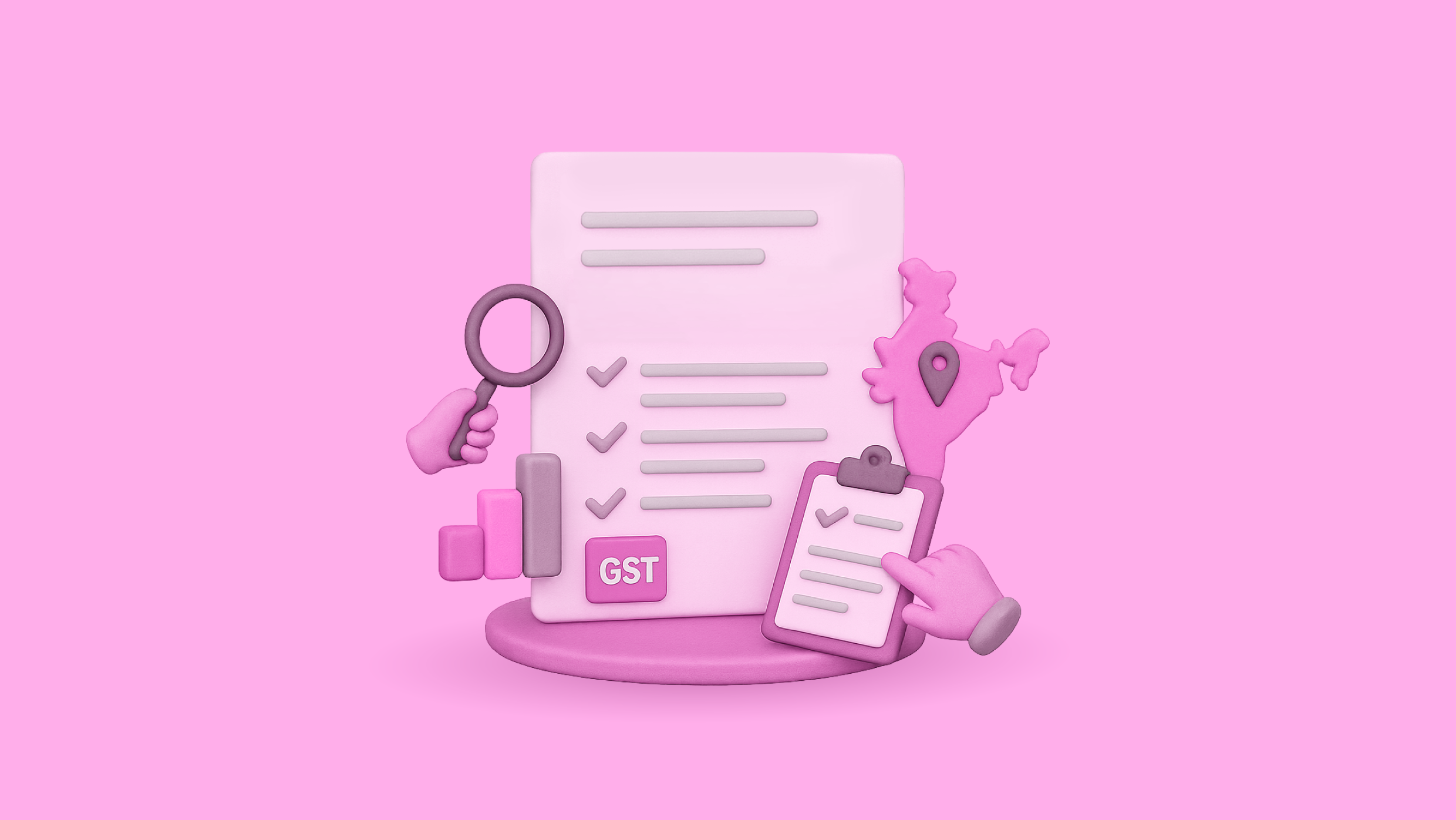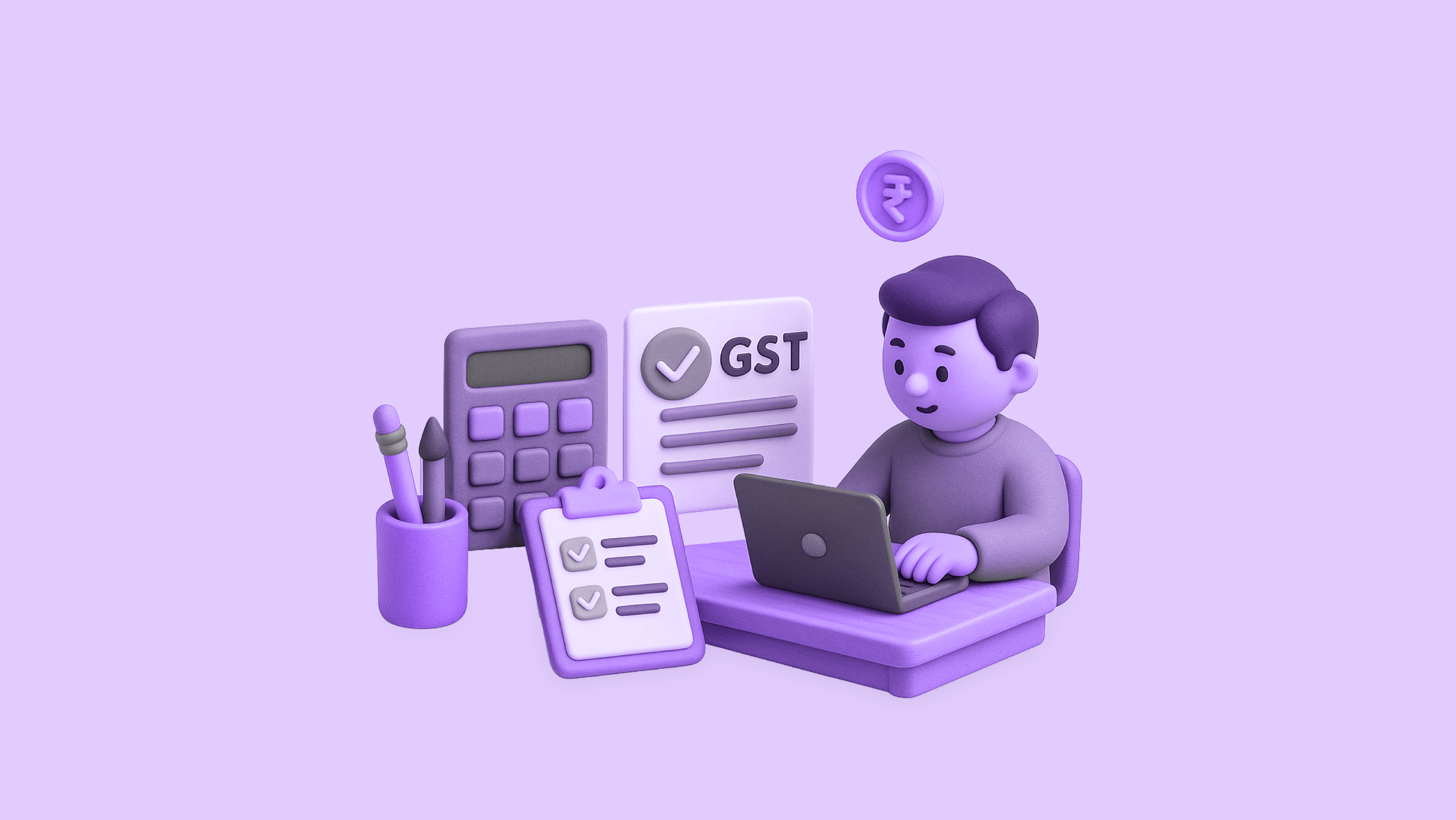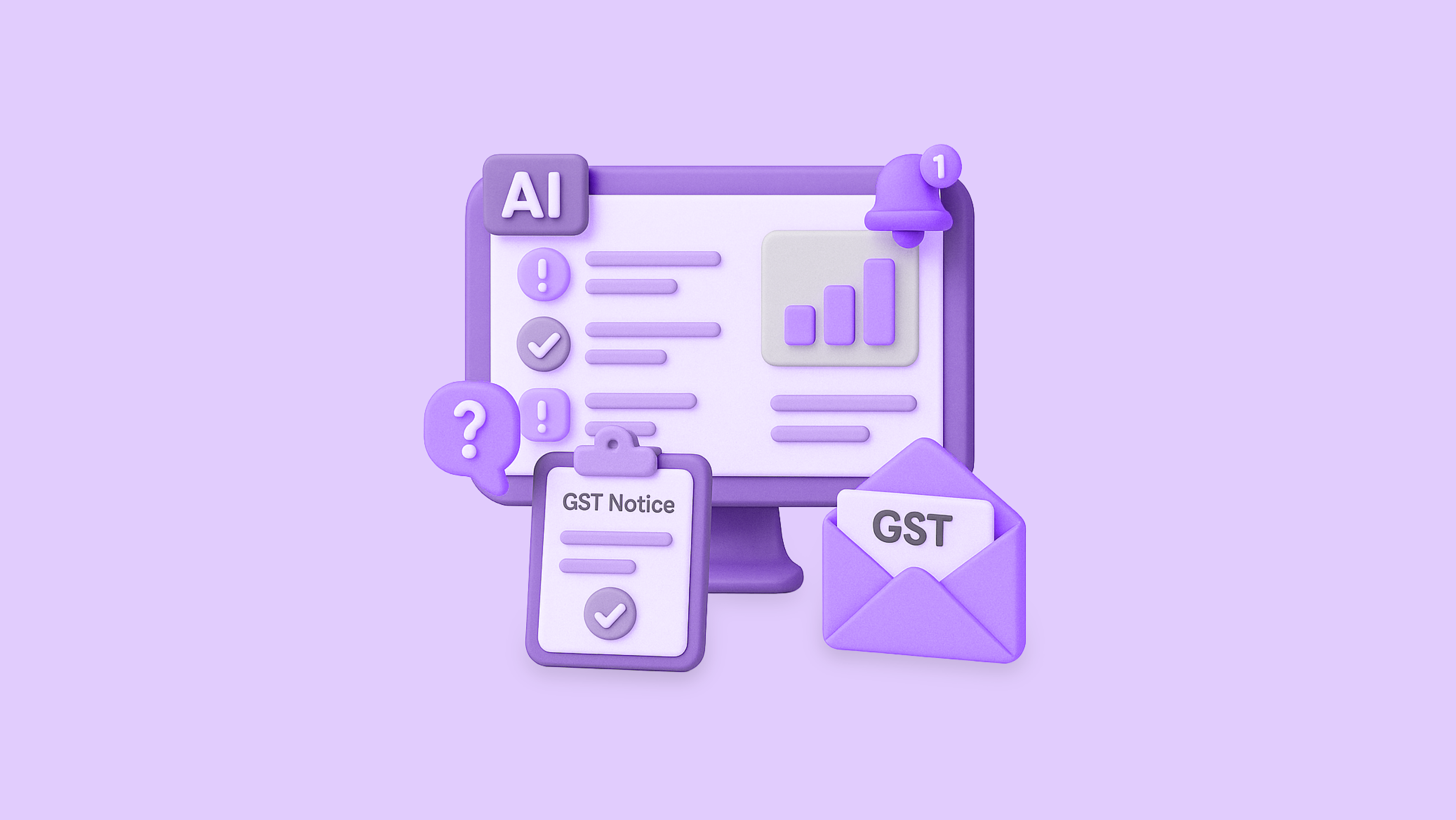For businesses operating across multiple states in India, GST compliance is not just about filing returns. It’s also about managing complexity at scale. Each state requires a separate GST registration, which means businesses must handle multiple GSTINs, reconcile vast amounts of data, and ensure timely return filing across jurisdictions. For CFOs, tax professionals, and compliance teams, this adds layers of operational, technological, and regulatory challenges.
In this blog, we’ll explore the key challenges of filing GST returns for multi-state businesses and outline practical solutions to streamline compliance with the right tools and processes.
Understanding Multi-State GST Registration
Under the GST law, a business must obtain separate GST registration in each state where it has operations, fixed establishments, or warehouses. For example:
- An FMCG company with warehouses in Karnataka, Maharashtra, and Tamil Nadu must hold three separate GSTINs.
- An IT services company with delivery centers in Delhi and Hyderabad must maintain separate compliance for each state.
This structure ensures revenue goes to the respective state government but also creates compliance silos, since each GSTIN is treated as a distinct entity for return filing.
Key Challenges in Managing Multiple GSTINs
1. Data Fragmentation Across States
Each GSTIN generates its own set of invoices, credit notes, and debit notes. Reconciling data across multiple GSTINs to prepare GSTR-1 (sales), GSTR-3B (summary), and annual returns becomes resource-intensive.
Impact: Businesses often spend weeks consolidating data from ERPs, branches, and vendors, leading to errors and delays.
2. Interstate GST Return Complexities
When goods or services move between states under the same PAN, they are treated as interstate supplies. This introduces complexities such as:
- Proper classification of IGST vs. CGST/SGST.
- Cross-verification of inward and outward supplies between states.
- Risk of mismatched ITC claims if one branch delays filing.
Impact: Even small mistakes in classifying interstate transactions can trigger mismatches, ITC reversals, or GST notices.
3. Multiple Due Dates and Compliance Tracking
Each GSTIN comes with its own GST filing calendar. For businesses with 10+ GSTINs, tracking deadlines for monthly, quarterly, and annual returns is a logistical nightmare.
Impact: Missed deadlines can result in heavy penalties, late fees, and even compliance rating downgrades.
4. ITC (Input Tax Credit) Reconciliation Issues
Businesses must reconcile ITC for each GSTIN against GSTR-2B auto-drafted statements. With multiple vendors across states, mismatches multiply. Common reasons include:
- Vendors filing late or under the wrong GSTIN.
- Cross-utilization of credits not being allowed between states.
Impact: Businesses risk losing eligible credits, directly affecting cash flow and working capital.
5. High Risk of GST Notices
More GSTINs mean more chances of scrutiny. Notices may be triggered due to:
- Inconsistencies between GSTR-1 and GSTR-3B across GSTINs.
- ITC mismatches.
- Non-filing or late filing in one state even if others are compliant.
Impact: Teams spend significant time replying to notices, gathering supporting documents, and defending reconciliations.
Solutions for Multi-State GST Compliance
1. Centralized GST Management Platforms
Using a cloud-based GST compliance solution like Optotax, businesses can:
- Consolidate data from multiple GSTINs into one dashboard.
- Automate reconciliation across GSTINs and states.
- File returns directly without logging into multiple GST portals.
Benefit: Eliminates data silos, reduces manual effort, and ensures consistency.
2. Automated Multi-GSTIN Reconciliation
Instead of reconciling each GSTIN separately, businesses should adopt tools that:
- Auto-fetch invoices and GSTR-2B data across all GSTINs.
- Highlight mismatches at the GSTIN, vendor, and document level.
- Generate actionable reports for faster corrections.
Benefit: Saves hundreds of man-hours and secures ITC claims.
3. Compliance Calendar and Alerts
A smart compliance calendar can track filing deadlines across all GSTINs, send reminders, and even automate return preparation.
Benefit: Prevents missed deadlines, avoids late fees, and builds compliance discipline.
4. Integrated ERP and GST Filing
For large businesses, integrating ERP systems with GST software ensures:
- Direct data sync between accounts payable/receivable and GST filings.
- Two-way reconciliation, ensuring changes in ERP reflect in filings.
- Real-time visibility across branches.
Benefit: Reduces manual uploads and ensures data integrity.
5. Proactive Notice Management
Modern GST platforms now include notice management modules to:
- Track all notices across GSTINs in one place.
- Suggest reconciliation-powered draft replies.
- Maintain audit-ready trails for ARNs, challans, and responses.
Benefit: Faster response to authorities and reduced compliance risk.
The Role of Technology in Simplifying Multi-State GST Compliance
Manual spreadsheets and fragmented processes can’t keep up with the pace of compliance for multi-state businesses. Cloud-based platforms like Optotax by OPEN provide a unified solution for:
- Multi-GSTIN Management: One dashboard for all GSTINs.
- Automated Reconciliation: AI-powered matching across invoices and GST portal data.
- Seamless Return Filing: Direct filing for GSTR-1, 3B, and more.
- Notice Management: Track and respond to notices efficiently.
- Audit-Ready Compliance: Logs, trails, and reports across states.
This not only simplifies compliance but also secures ITC, strengthens vendor trust, and frees finance teams to focus on growth.
Conclusion
For multi-state businesses, GST compliance is complex but not unmanageable. By addressing interstate GST return challenges with the right combination of process discipline and technology, businesses can reduce risks, save time, and maximize ITC.
With solutions like Optotax, CFOs and compliance teams can shift from firefighting to strategy, making GST filing less of a burden and more of a business enabler.





